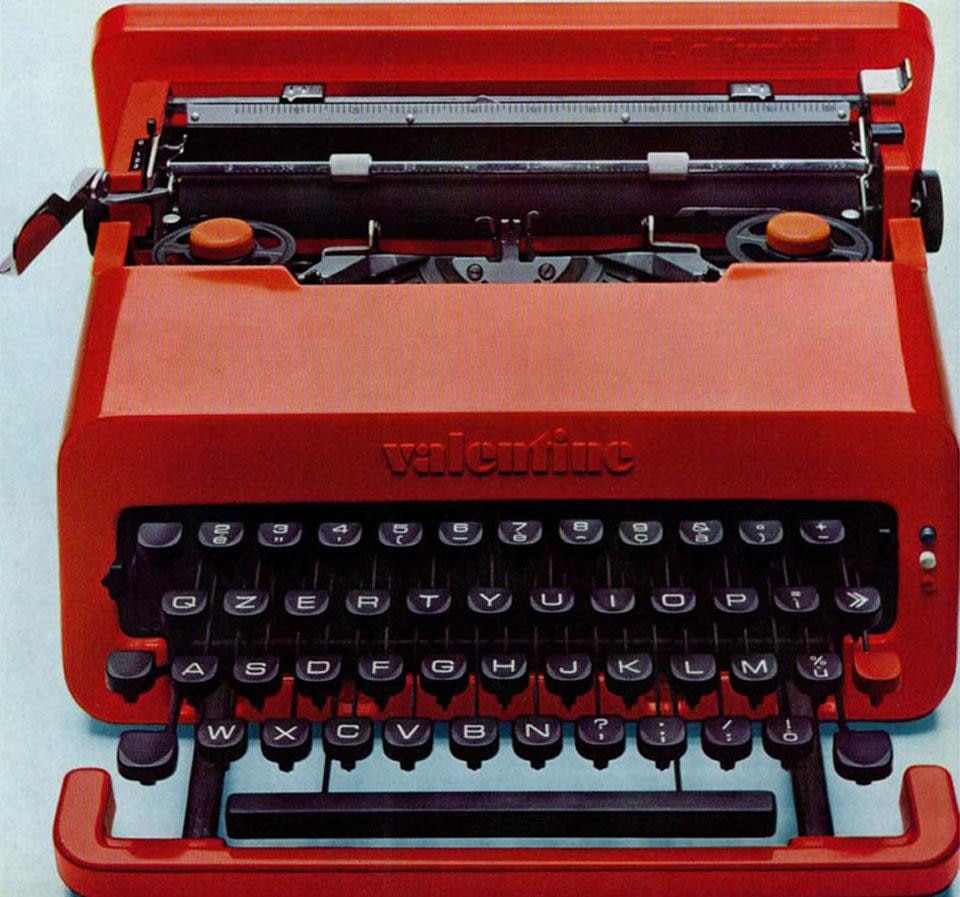Marcel
Breuer and Claes Oldenburg
 Marcel Breuer (1902-1981)
was active during the Bauhaus movement, and was an architect and also a
furniture designer.
Marcel Breuer (1902-1981)
was active during the Bauhaus movement, and was an architect and also a
furniture designer.
On the other hand, Claes Oldenburg (1929-present) was
active in the radical and pop design movement years later, and was a sculptor
and artist.
Although their
difference in times and style, both artists had inspired themselves from random
objects that one sees or uses every day. Breuer had first inspired himself from
his bicycle’s handle bars. He developed his ideas and studies to produce his
tubular steel furniture. Claes also got his inspiration from everyday objects,
when he used to go walking downtown and see all the luxury cars and grand
pianos in showrooms. He concluded that if people liked them, they would also
like seeing everyday objects that you wouldn’t normally see made into a
sculptor with a colossal size.
 |
marcel breuer's bent tubular
steel chair |
 |
| Claes Oldenburg's Giant Fag-ends |
Breuer’s designs didn’t have
much colour; they mainly always consisted of black and the silver steel. Although
his furniture was comfortable, he always used hard materials. Oldenburg’s sculptors
however always had bright, vivid colours, and he liked stuffing his pieces with
foam, because he thought people would like to feel and touch something soft
rather than hard when they interacted with them in exhibitions/ in the open.
 |
| marcel Breuer armchair |
 |
| oldenburg's giant ice-bag |
The Bauhaus
movement was all about functionalism, aesthetics and minimalist design, and that
is exactly how Breuer designed his furniture and designs. The anti-design
movement however wanted to go against all ‘’design rules’’ and ‘’mock’’
previous movements.
Marcel Breuer’s
work was inspired from Cubism, Constructivism and also De Stijl. Therefore, his
furniture had function, complexity, intersecting plane composition and rectilinear
design. His designs are one of the most
endurable furniture ever made.
Claes Oldenburg was against all that, i.e. all the ideas Breuer followed.
He was inspired from Pop-Design and Surrealism. His simple designs challenged the
human body with their extreme-scale, which also infused humor between the ‘’normal’’ crowd. Unlike Breuer’s designs, his sculptures had a kitsch-feel and look to them.
One of the few
things these well-known designers have in common is the fact that they both
took a chance and decided to experiment with a new technique, something that
would change the history of design.
Marcel had this idea in his
head that he could combine old furniture with new materials and an aesthetically-pleasing
piece would be created. That is when he created the Wassily chair, 1925. He
combined and ‘’old’’ material, which at first was iron yam but then he changed
to leather, with a ‘’new technique’’’ which was the bent tubular steel. He very
much realized his visions because this timeless chair became was one of the
most popular mass-produced chairs ever.
 |
| Alessandro mendini wassily chair re-design |
 |
Breuer's wassily chair
Claes wanted to be different from the rest of
the crowd, and wanted something new for people to look and appreciate. That is
when he created an alternate form of sculpture by challenging the rigid and
austere composition of the sculpture we are used to. There are multiple
examples that show this but one of his most-popular was the giant BLT (bacon,
lettuce and tomato) sandwich that was realized in 1963. His idea was a huge
success because a few years later, he inspired other artist at the other side
of the world, here in Europe.
|
 |
pratone seat by gruppo strum
|
 |
| Giant BLT sandwish Oldenburg |
Robert F.Gatje . (/). a brief biographical note . Available: http://www.marcelbreuer.org/Biography.html. Last accessed 23rd january 2014.
/. (2011). Giant Ice Bag. Available: http://worldvisitguide.com/oeuvre/O0016516.html. Last accessed 27th january 2014.
not mentioned. (2014). Claes Oldenburg GIANT BLT (BACON, LETTUCE, AND TOMATO SANDWICH) 1963. Available: http://whitney.org/Collection/ClaesOldenburg/2002255as. Last accessed 27th january 2014.
Ben. (2006-2011). pratone chair. Available: http://www.likecool.com/Pratone_Chair--Seating--Home.html. Last accessed 27th january 2014.


